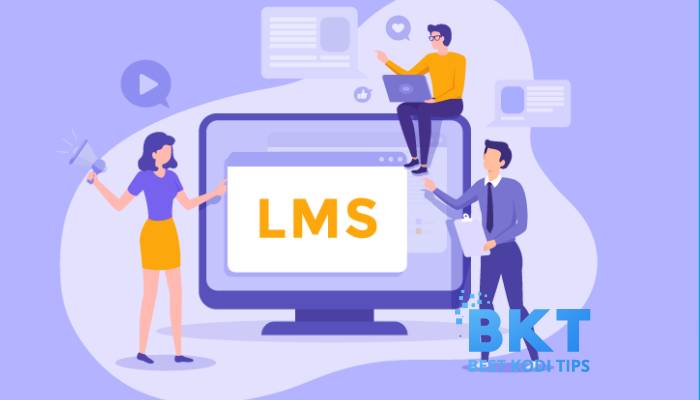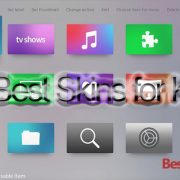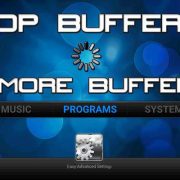Due to numerous technological advancements, education has transcended traditional boundaries, and the demand for efficient and personalized e-learning solutions has never been greater. As a result, Learning Management Systems (LMS) have emerged as essential tools for educators, institutions, and businesses to create, manage, and deliver efficient learning experiences.
While there are several fairly popular LMS solutions available on the market today, the decision to create LMS tailored to your specific goals and requirements can offer unparalleled levels of flexibility and control. In this post, we will cover all the main steps of the process of custom LMS development.
Define Your Objectives and Requirements
Before beginning the process of LMS development, it is crucial to establish a solid foundation by defining your objectives and requirements. It will ensure that LMS aligns perfectly with your organization’s goals and needs. Start with understanding your target audience, consider demographics, objectives and expectations, and level of expected technical proficiency.
Then, compose a list of core features that need to be implemented at launch so your custom Learning Management System meets the needs of the target audience from the start. Identify types of content that will be available within your platform and forecast future growth and scalability. Finally, set a realistic budget and timeframe based on previously defined characteristics. This strategic planning sets the stage for efficient LMS development and leads to a robust and tailored e-learning solution.
Choose a Development Approach
This choice plays a crucial role in the successful creation of your custom Learning Management System. The most apparent option is building a platform from scratch. It offers the highest level of customization but also demands substantial time, effort, and resources. Also, this approach requires in-depth technical expertise from your in-house team or hiring enterprise LMS development services.
Leveraging existing frameworks can significantly expedite the development process by providing pre-built components, libraries, and tools. Make sure to choose a framework that aligns with your project’s requirements and development team’s expertise. Also, there is a hybrid approach, where you build some parts of LMS from scratch, for example, core functionalities, to ensure uniqueness and use frameworks for specific components. The decision on a development approach should be made considering the project scope, budget, timeframe, and developers’ expertise.
Design the Database Architecture
The way your data is organized and stored will seriously impact the system’s performance, functionality, and scalability, so a robust and well-structured database architecture is extremely important.
One of the critical aspects of overall architecture is the user management system, so consider such parts of it as user profiles, roles and permissions management, authentication, and other security mechanisms. Another thing to pay attention to is course and content management.
During the LMS development process, make sure that your platform is capable of creating course tables, storing content metadata, and has tools for organizing course materials in modules and lessons. Other essential parts of well-structured database architecture are progress tracking tools, indexing implementation, scalability, and data integrity and security features.
Develop Front-End and Back-End Components
This stage is the start of the actual LMS development process. The front end is the user-facing part of your Learning Management System where students and educators will interact with the platform.
Essential aspects of this phase of the development process are creating responsive and user-friendly design, using HTML and CSS for structuring and styling content, implementing dynamic functionalities with JavaScript, and leveraging various front-end frameworks like React or Vue for enhanced user experience and faster development.
The back end can be described as an engine that powers your LMS by handling data storage, logic, and communication between the front end and the database. Key parts of back-end development, if you decide to create LMS, include a choice of programming languages that align with your development approach and team’s expertise, selecting a framework, implementing secure authentication mechanisms, designing a clear and well-documented API, and data validation and processing.
During both stages of the LMS development process, security should be a top concern. Use encryption protocols, input validation, and access controls to ensure the safeguarding of sensitive user data.
Implement Key LMS Features
When both back-end and front-end components are in place, it is time to implement key features of your LMS. Start with user authentication and authorization, develop a user registration process, implement secure login mechanisms, allow users to reset forgotten passwords through secure channels, and set up role-based access controls. Then, you can go to course creation and management capabilities.
Enable educators and administrators to create courses, structure them in a logical manner, upload various types of content, and preview how their lessons will appear to users. Efficient content delivery can be achieved with the support of diverse multimedia formats, content tracking features, and annotation tools.
The next important step is implementing assessment and feedback features with various assignment formats and progress-tracking devices to evaluate individual learners’ performance and refine the curriculum. After that, move to such crucial features as progress tracking, advanced analytics, user interaction, collaboration, mobile compatibility, and accessibility. Implementing key LMS features will transform your platform from a collection of components into a modern e-learning solution.
Testing and Quality Assurance
Comprehensive testing and quality assurance are essential to ensure that your custom LMS functions as intended, provides a seamless user experience, and adheres to security and performance standards. There are several types of testing that should be conducted to ensure the quality and reliability of your Learning Management System, such as unit, usability, integration, and security testing.
After the tests are completed, bring real users on board for User Acceptance Testing (UAT). It will ensure that your custom LMS meets students’ expectations and functions adequately in real-life scenarios. Based on the results and user feedback, address identified issues and implement bug fixes if needed.
Final Thoughts
Creating a custom Learning Management System requires thorough planning, development with attention to detail, and rigorous testing. While it requires significant resources and effort, a tailored and flexible LMS that perfectly aligns with your organization’s needs, objectives, and branding can not be overestimated. Powerful and effective custom LMS platform always empowers learners and enhances educational experiences.















Comments